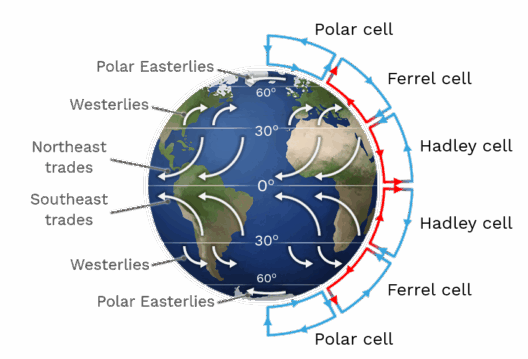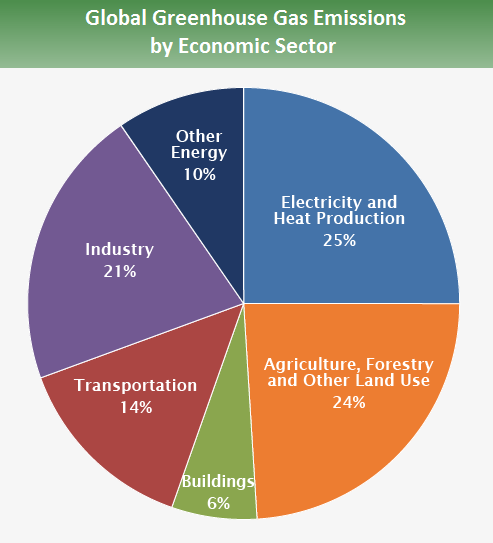Understanding climate change requires not only observing contemporary phenomena but also piecing together the puzzle of Earth’s climatic history. This is where climate proxies come into play. A climate proxy is an indirect measure of climate parameters such as temperature, precipitation, and atmospheric composition from a time long before conventional instruments existed. By utilizing natural archives, scientists can decode past climates, shedding light on patterns that are crucial for predicting future climate scenarios.
The examination of proxies is pivotal for creating comprehensive climate models and making informed decisions regarding environmental policy and conservation efforts. In this exploration, various types of climate proxies will be discussed, including their significance to climate science, methodologies of data extraction, and contributions to our understanding of historical climatic shifts.
One of the simplest examples of a climate proxy is tree rings. The science of dendrochronology examines these rings to determine age and environmental conditions during each growth year. Trees, particularly those in temperate zones, exhibit distinct growth patterns influenced by seasonal temperatures and precipitation. By measuring the width and density of tree rings, climate scientists can infer historical climate conditions spanning thousands of years. For example, wider rings typically correspond to favorable growth conditions, indicating warmer or wetter periods, while narrower rings may signal drought or colder temperatures.
Similarly, ice cores offer another invaluable proxy for understanding ancient climates. Drilled from ice sheets in polar regions or glaciers, these cores encapsulate air bubbles and other material that provide a snapshot of the atmosphere at the time the ice was formed. The analysis of stable isotopes, such as oxygen-18 and deuterium, reveals past temperatures, enabling reconstructions of climatic trends over millennia. The longstanding ice cores from Greenland and Antarctica have provided incontrovertible evidence supporting the cyclic nature of Earth’s climate, including glacial and interglacial periods.
Marine sediment cores serve as yet another crucial climate proxy. When microscopic organisms, such as foraminifera, die, their shells accumulate on the ocean floor, preserving a record of ocean conditions over time. Scientists analyze the chemical composition of these shells, particularly the ratio of oxygen isotopes, to infer past ocean temperatures. Such data have been instrumental in our understanding of ocean-atmosphere interactions and the roles they play in climate dynamics.
Pollen analysis is a particularly engaging method of proxy retrieval, known as palynology. Pollen grains, which are remarkably resilient, can remain preserved in sediment layers for thousands of years. By studying the types and quantities of pollen found in a given sediment sample, researchers can infer shifts in vegetation and, consequently, climate conditions. The presence of certain pollen types may indicate warmer or cooler periods, allowing scientists to reconstruct past ecosystems and climate conditions significant for habitat restoration and biodiversity conservation.
Another form of proxy data comes from speleothems, which are mineral deposits like stalactites and stalagmites formed in caves. The isotopic composition of calcite in these formations can offer insights into past precipitation patterns and temperature fluctuations. As water drips through limestone, it captures isotopes of oxygen and carbon, which reflect the climate conditions at the time of formation. These deposits can be extremely valuable for understanding regional climatic variability and extremes.
Each type of proxy evidence comes with its own set of advantages and limitations. While tree rings provide a detailed annual record, their geographic representation is limited to areas with trees. Ice cores, on the other hand, can cover vast periods but may have a biased geographical footprint, often favoring polar regions. Consequently, climate scientists combine multiple proxies from diverse geographical locations to ensure a more holistic view of past climate conditions.
Analyzing these proxies involves sophisticated techniques and models. Climate scientists employ statistical methods to correlate proxy data with instrumentally recorded climate data, ensuring that reconstructions are as accurate as possible. Additionally, climate simulations using coupled models of the atmosphere, ocean, and land surface provide insights into how past conditions may have influenced contemporary climate through mechanisms such as greenhouse gas concentration and albedo effects.
The decoding of past climates through these proxies illuminates critical lessons about climate systems. Understanding the mechanisms of past climate changes, such as those driven by natural variability and external forcings (like volcanic eruptions or solar irradiance changes), helps elucidate the anthropogenic impacts we witness today. The insights gained from climate proxy research not only enrich our knowledge of Earth’s climatic history but also enhance predictive models needed for addressing current and future climate challenges.
As the climate crisis looms, the importance of this proxy data expands. By learning from the past, scientists hope to inform strategies that mitigate the effects of climate change, safeguard ecosystems, and maintain biodiversity. Ultimately, employing climate proxies allows us to weave together a narrative of Earth’s climate story—an invaluable resource in our quest for environmental stewardship and resilience.







